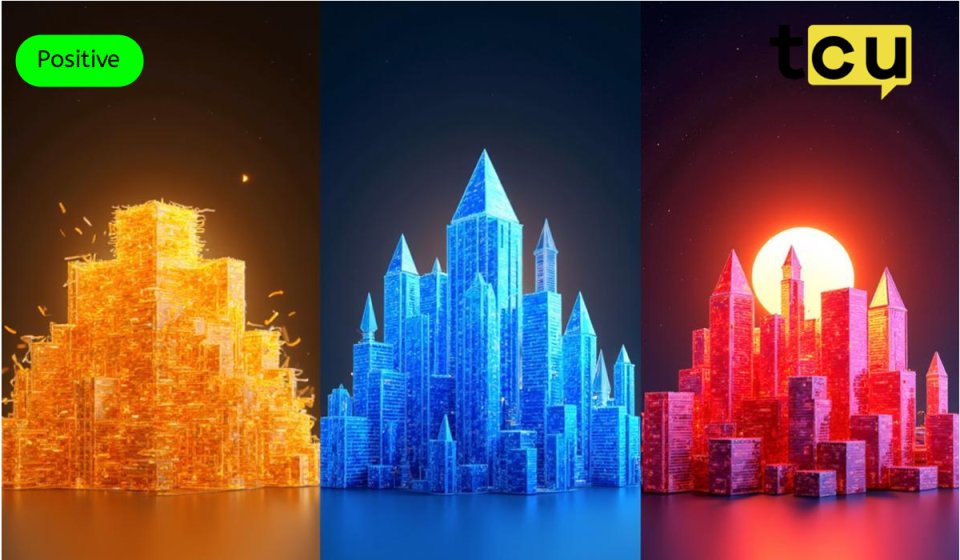A recent analysis by James Overdahl and Craig Lewis, both former chief economists for the SEC, paints a robust picture of Solana’s (SOL) market structure that could potentially bolster its case for regulatory approval of exchange-traded products (ETPs) within the US. The report comes at a time when US regulators are yet to approve a Solana ETP, despite having greenlit Bitcoin and Ethereum ETPs.
The analysis by Overdahl and Lewis provides an in-depth examination of Solana’s market characteristics, taking into consideration key factors that regulators would assess when evaluating the suitability of a crypto asset for regulated investment products. These factors include order book liquidity, effective spreads, trade costs, and price correlation.
Although the order book depth of SOL in terms of USD is smaller compared to BTC and ETH, its liquidity is relatively robust when its smaller market capitalization is taken into account. Furthermore, a larger proportion of SOL’s circulating supply is readily available for trading compared to BTC and ETH. This is an encouraging sign of SOL’s liquidity and suggests an increasing level of participation and capability to handle large trades without significant price fluctuations.
A further positive sign for SOL is that its effective spreads and trade costs have been found to be on par with, and in some cases superior to, those observed in the Bitcoin and Ethereum markets. In terms of the correlation of SOL returns across different exchanges, which is an indicator of market quality and resistance to manipulation, the researchers found a high degree of correlation in SOL prices across Binance, Coinbase, and Kraken.
Interestingly, this correlation was found to be higher at longer intervals than at shorter ones. This indicates that any temporary price differences that might arise due to order flow or liquidity fluctuations are quickly arbitraged away.
The findings suggest that the arbitrage mechanisms are working effectively, making it difficult for any single exchange to manipulate the price of SOL. As the analysis notes, “To successfully manipulate the price of SOL on any single exchange, one would likely need to influence the global price of SOL. However, doing so would likely impose a high cost [on] the would-be manipulator and therefore provide a strong deterrent.”
The combination of high liquidity, low transaction costs, and a robust arbitrage mechanism suggests a healthy and well-functioning market for Solana, akin to those for Bitcoin and Ethereum. While regulatory approval is not a given, these findings certainly build a compelling case for Solana. Its strong market performance and similarities to Bitcoin and Ethereum could potentially position it as a prime candidate for the next wave of US-listed crypto investment products.
![]()


